Tunnel vision: Fabulous floral arches to delight the senses
Garden designer Anthony Noel extols the virtues of floral arches that delight the senses.


Luxurious tunnels of flowers take you into a different world, for this form of gardening is always a talking point and brings French chic to the most unremarkable space. If the tunnel is placed at the start of the garden, like the foyer in a cinema or theatre, it encourages you to focus on what is ahead and forget about life outside.
Tunnels are frequently less challenging to create than you might imagine and it is hard to beat laburnum (though beware of its toxicity), wisteria, apple or pear, all of which are especially inviting in the changeable weather and light of a British spring.
Ideally, the way through a tunnel needs to be at least 6ft wide, so that two people can stroll together, with another foot either side for the trees themselves – totalling 8ft. These are minimum dimensions for comfort; clearly, a large garden may accommodate a much broader tunnel comfortably.
Floral tunnels look superb along a boundary wall or near a hedge, but a wide, open kitchen garden provides classic opportunities for shady walks and fruitfulness. At West Dean in West Sussex, for example, tunnels of pear trees span the paths between the vegetable beds in a most charming manner.
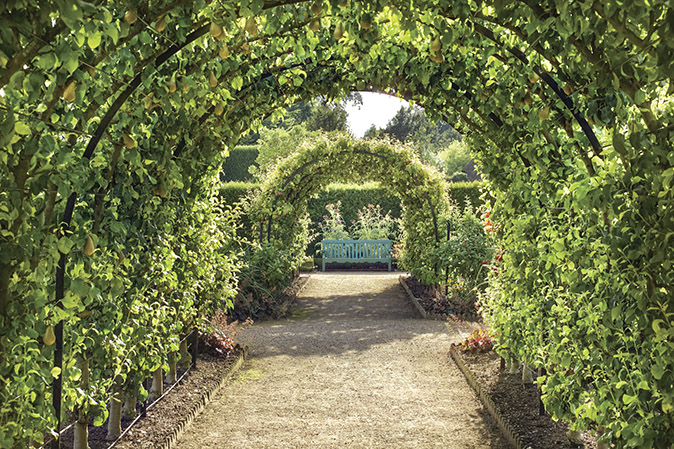
To make a setting, generous underplanting is desirable: lilac-coloured alliums and red tulips famously enhance the laburnums and wisterias at Barnsley House near Cirencester, whereas at Haseley Court, near Oxford, I very much admired perennial wallflowers in lilac and cream, joined by Welsh poppies.
In the case of apple and pear tunnels, underplantings of primulas and different daffodils can be planted to coincide with the blossom. When choosing daffodils, I favour white-flowered Thalia, but Pipit, Oxford Gold and Minnow would all work well. For early summer, a frothy row of Alchemilla mollis is hard to beat – with various Nicotiana and silver Helichrysum nearby to lead the season on. Add Cyclamen hederifolium and autumn crocus for late summer, when your trees are fruiting.
When planning such a feature, ask yourself: will there be good views, either side, from within the tunnel? Or do you need to focus on the end of the vista? Where does it lead? Is it terminated by a step up or down, a bench, a summer house, sundial or even a large, open space?
Sign up for the Country Life Newsletter
Exquisite houses, the beauty of Nature, and how to get the most from your life, straight to your inbox.
The openness of the latter will be enhanced if approached by an enclosed area. I once used this idea in a wide passage beside the house, opening onto the garden proper. The overhead branches gave privacy and masked the neighbours. It’s all about playing with scale.
If you have a really large garden, you might create a curved vista, like the famous laburnum tunnel at Bodnant in Wales. Remember, even the shallowest curve is exaggerated once on the ground.
The ideal framework to support your plants will be of iron, with the centre of the arch being a minimum of 8ft above the ground. Often, it’s best to commission a local blacksmith, bearing in mind that galvanised angle iron is both strong and rustproof. Paint the frame in black or darkest grey, in order to contrast with pale branches in winter.
What is your path surface to be? Grass, though beautiful, needs light and air and is high maintenance. Gravel or hoggin is good as it is non-slip and gives visual sparkle. At Barnsley House, the path is cobbled and bordered with old paving, a time-honoured country-house look that is also hard-wearing.
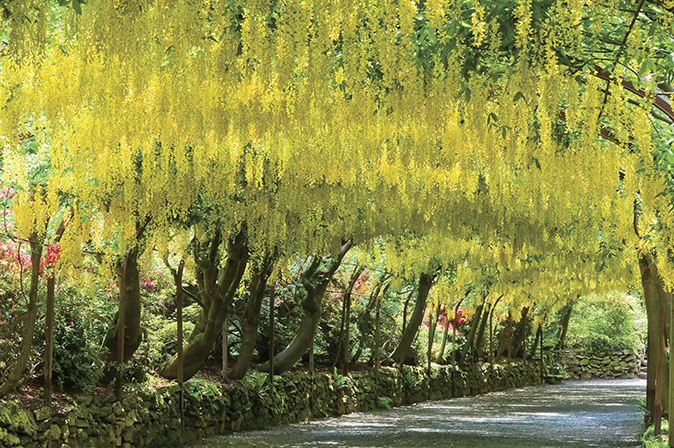
In 2015, the laburnums at Barnsley were 50 years old and past their best, so they were removed and a new tunnel was planted. It will be established by 2020. Without doubt, Rosemary Verey, the garden’s creator, would have approved. Five years doesn’t seem too long to wait for such a feature to develop its allure.
Once the laburnums have finished flowering, something for summer-into-autumn might be persuaded to take over the show: a late-flowering clematis would fit the bill, or the annual cup-and-saucer flower, Cobaea scandens, scrambling through the branches. But don’t be tempted to try this in the first few years – give your host trees time to get established.
Fruiting tunnels are delightful when they bloom in the spring and have the bonus of being laden with luscious fruit in August and September. For apples on a dwarfing rootstock (M26), I would set the trees at 3ft distances apart; for those on moderately sized (MM106) rootstocks, I would place them at 5ft intervals. Quince A, a semi-vigorous rootstock for pears, is fine for both close and wider spacings of, say, 3ft to 5ft between each tree.
With apples and pears, almost all varieties work, but you need to acquire young, cordon-trained trees, all of which are roughly the same size and they should not be tip bearers – the trees should fruit all along the branches. Plant with a couple of shovelfuls of John Innes No. 3 compost, avoiding manure.
Laburnum, wisteria, apple and pear have few demands soil-wise and everyone likes easy-going plants. Have a go. Your sumptuous, stylish, floral tunnel will be the envy of your friends.
Where to see great floral tunnels
Laburnum tunnels:
Barnsley House (Gloucestershire) Bodnant Garden (north Wales) Haseley Court (Oxfordshire) Royal Botanical Gardens, Kew (Surrey)
Wisteria tunnels:
Waterperry Gardens (Oxfordshire) Hampton Court Castle (Herefordshire) Kawachi Fujien Wisteria Garden (Kitakyushu, Japan) Bardini Gardens (Florence, Italy)
Fruit tree tunnels:
Heale House (Wiltshire) Highgrove (Gloucestershire) West Dean (West Sussex)

The political cartoonist: 'Politicians hate how I depict them, but they'd hate it even more if I ignored them'
Peter Brookes, political cartoonist at The Times, is a savage commentator and the spiritual successor to the likes of Gillray
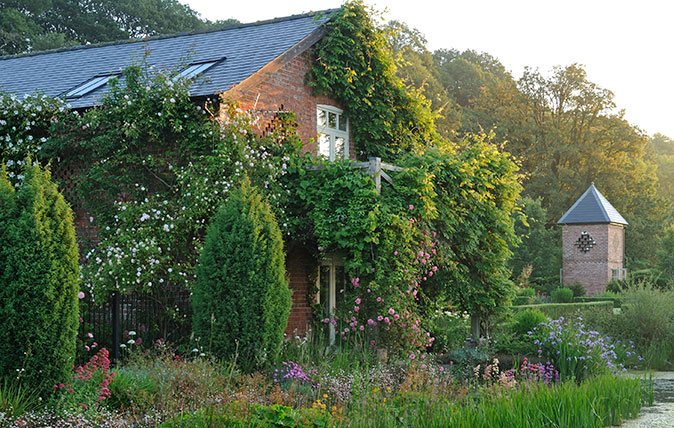
Rhodds Farm: From open space to stunning country garden in under 12 years
Richard and Cary Goode have carried off something almost miraculous at this lovely spot in Herefordshire – and they've done it
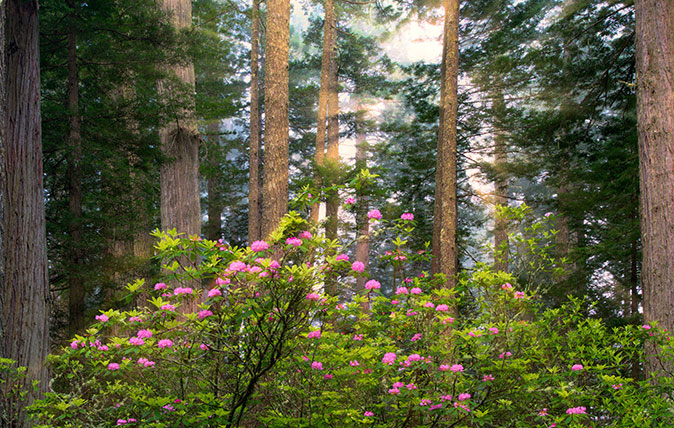
Credit: Dennis Frates / Alamy Stock Photo
Alan Titchmarsh: Finally, a chance to nurture and grow some rhododendrons
Alan Titchmarsh had resigned himself to a life without rhododendrons – but now that's all about to change, courtesy of
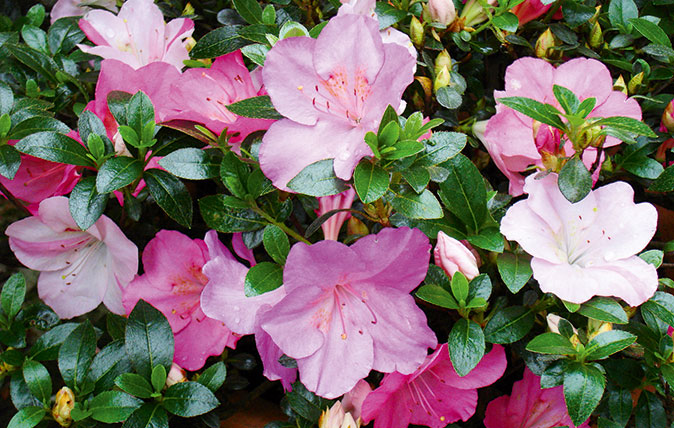
Credit: Mark Grifiths
The Japanese azaleas set to flourish across Britain's gardens
Mark Griffiths looks at Satsuki azaleas – one of Japan's most revered plants, and yet perfect for an English garden.
Country Life is unlike any other magazine: the only glossy weekly on the newsstand and the only magazine that has been guest-edited by HRH The King not once, but twice. It is a celebration of modern rural life and all its diverse joys and pleasures — that was first published in Queen Victoria's Diamond Jubilee year. Our eclectic mixture of witty and informative content — from the most up-to-date property news and commentary and a coveted glimpse inside some of the UK's best houses and gardens, to gardening, the arts and interior design, written by experts in their field — still cannot be found in print or online, anywhere else.
-
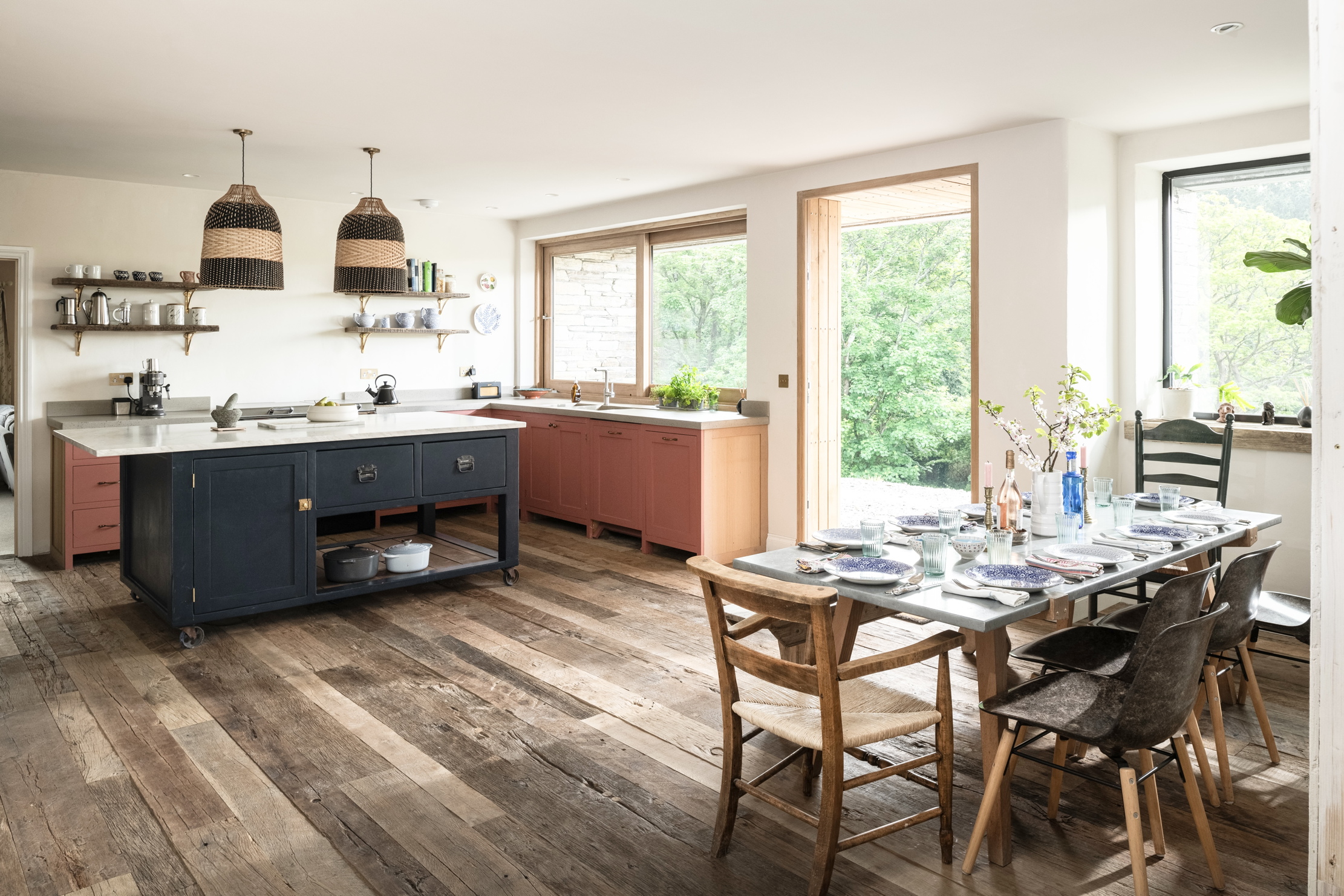 A modern masterpiece for sale in Cornwall that's just one mile from the beach
A modern masterpiece for sale in Cornwall that's just one mile from the beachHay House combines location, elegance and modern family living to create a special home for the 21st century.
-
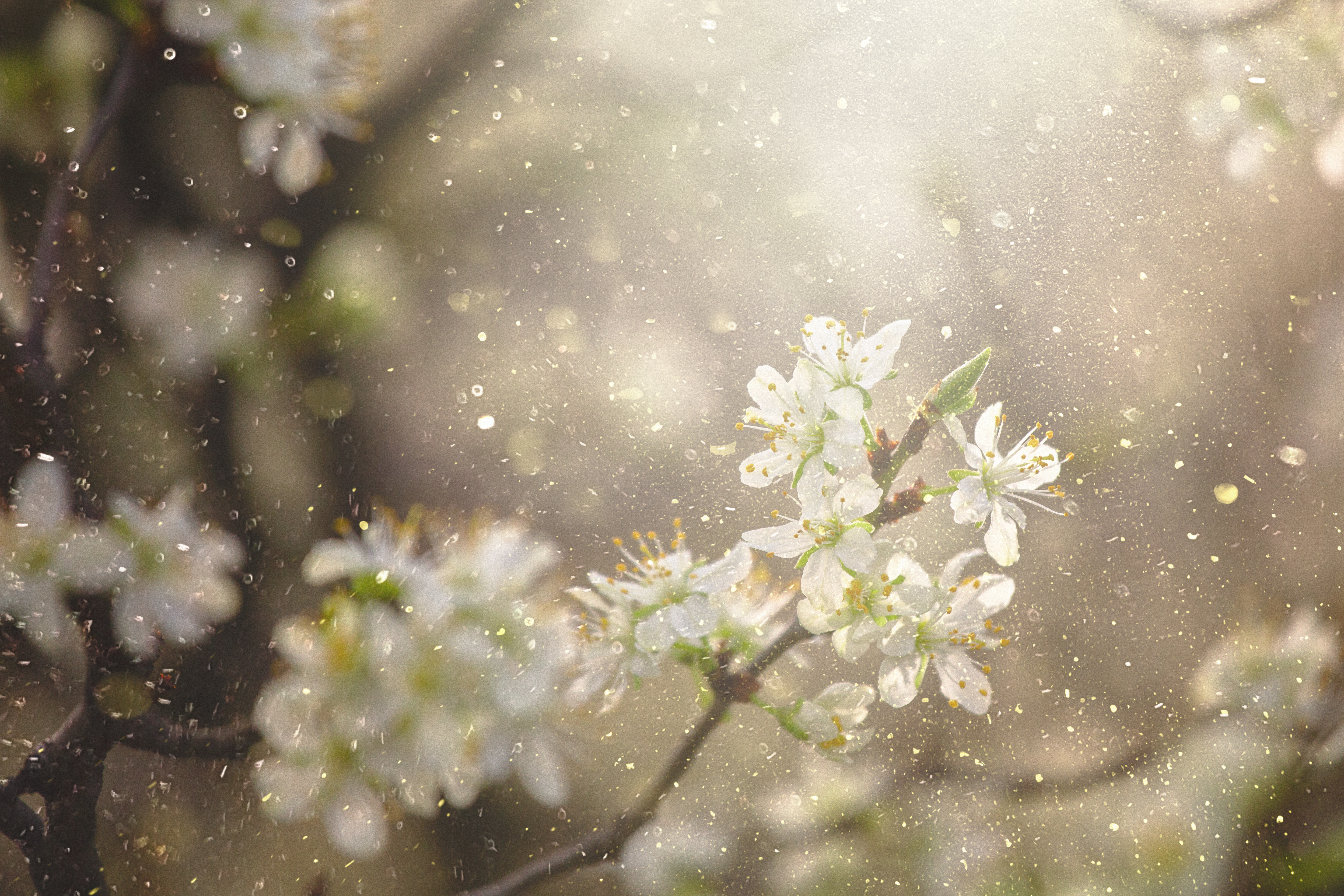 'All the floral world wants to do is procreate': Why pollen is nothing to sneeze at
'All the floral world wants to do is procreate': Why pollen is nothing to sneeze atPollen often hits the headlines for making us sneeze, but it plays a vital role in far more serious matters.
-
 10 outstanding British gardens from the Country Life Archive
10 outstanding British gardens from the Country Life ArchiveWith Chelsea Flower Show is on the horizon, we've mined the 128-year-old Country Life Archives for 10 inspiring gardens from across our Isles.
-
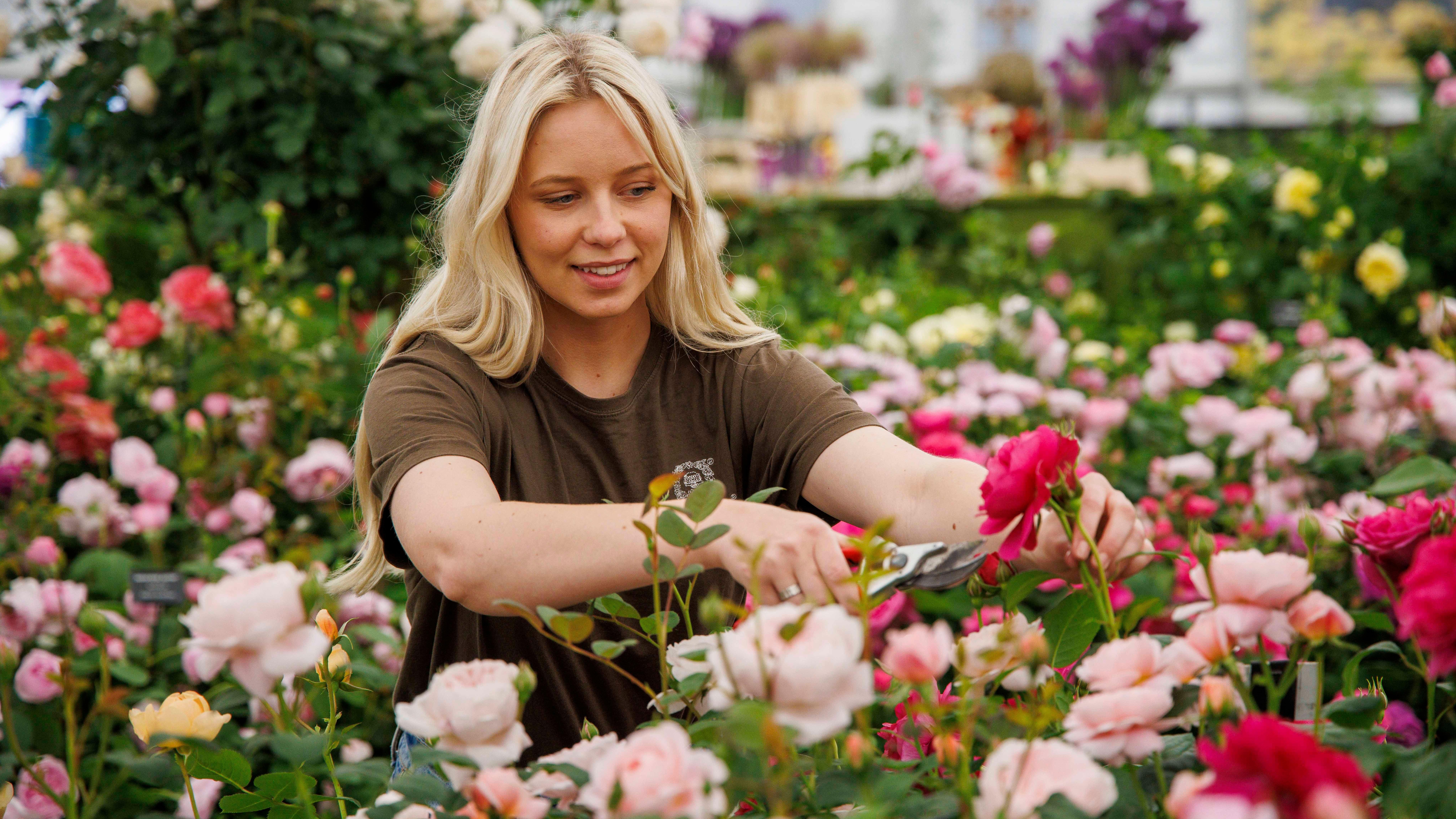 Chelsea Flower Show 2025: The essential guide for first timers
Chelsea Flower Show 2025: The essential guide for first timersThe RHS has gone to great lengths to make the Chelsea Flower Show as fun and accessible for people of all gardening abilities. If you're planning to visit for the first time, here's everything you need to know.
-
 Chelsea Flower Show 2025: The first garden designed by a dog
Chelsea Flower Show 2025: The first garden designed by a dogMonty Don and his dog, Ned, have collaborated on a show garden at this year's Chelsea Flower Show.
-
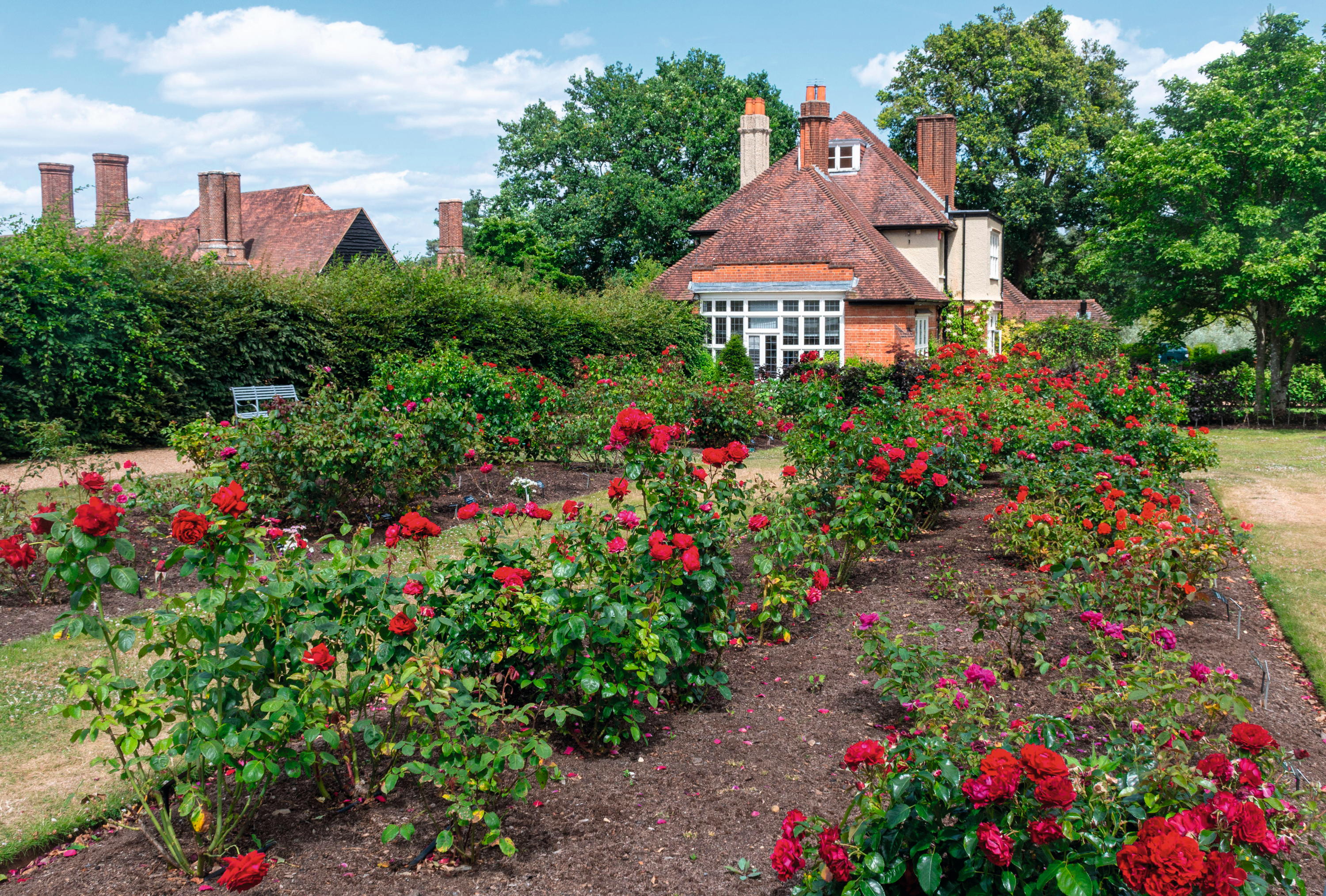 Testing times: Inside the RHS's Trials Garden at RHS Wisley
Testing times: Inside the RHS's Trials Garden at RHS WisleyNothing is so useful to the gardener as the plant trials that are quietly run by the RHS and judged by a specialist panel that publishes free reports available to all, suggests Charles Quest-Ritson.
-
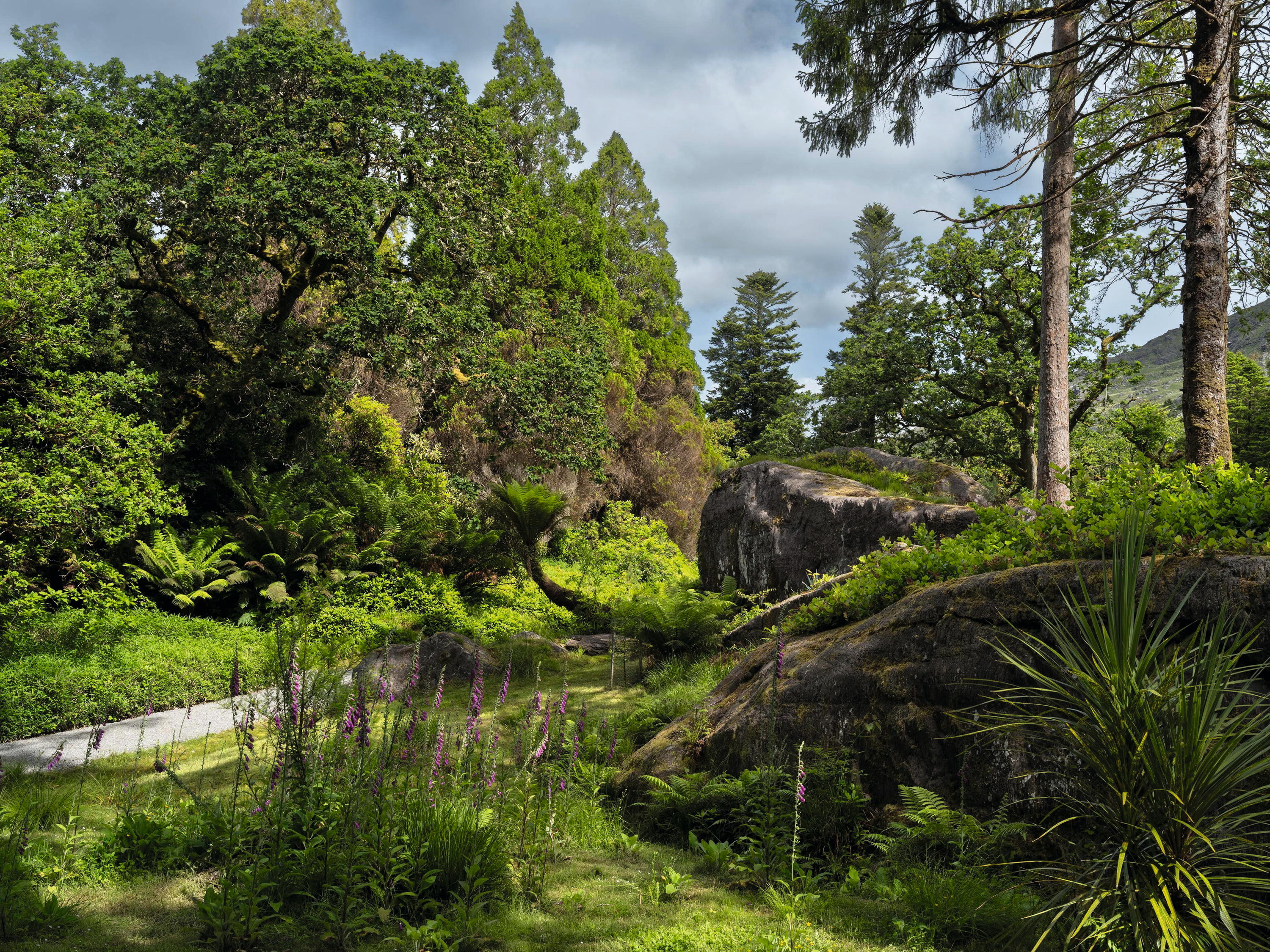 'I'd willingly give a year of my life for a fortnight there': The green dream that is the garden of Derreen
'I'd willingly give a year of my life for a fortnight there': The green dream that is the garden of DerreenExotic woods, labyrinths of narrow, mossy paths and thousands of tree ferns make this an internationally important garden, writes Charles Quest-Ritson. Photographs by Jonathan Hession.
-
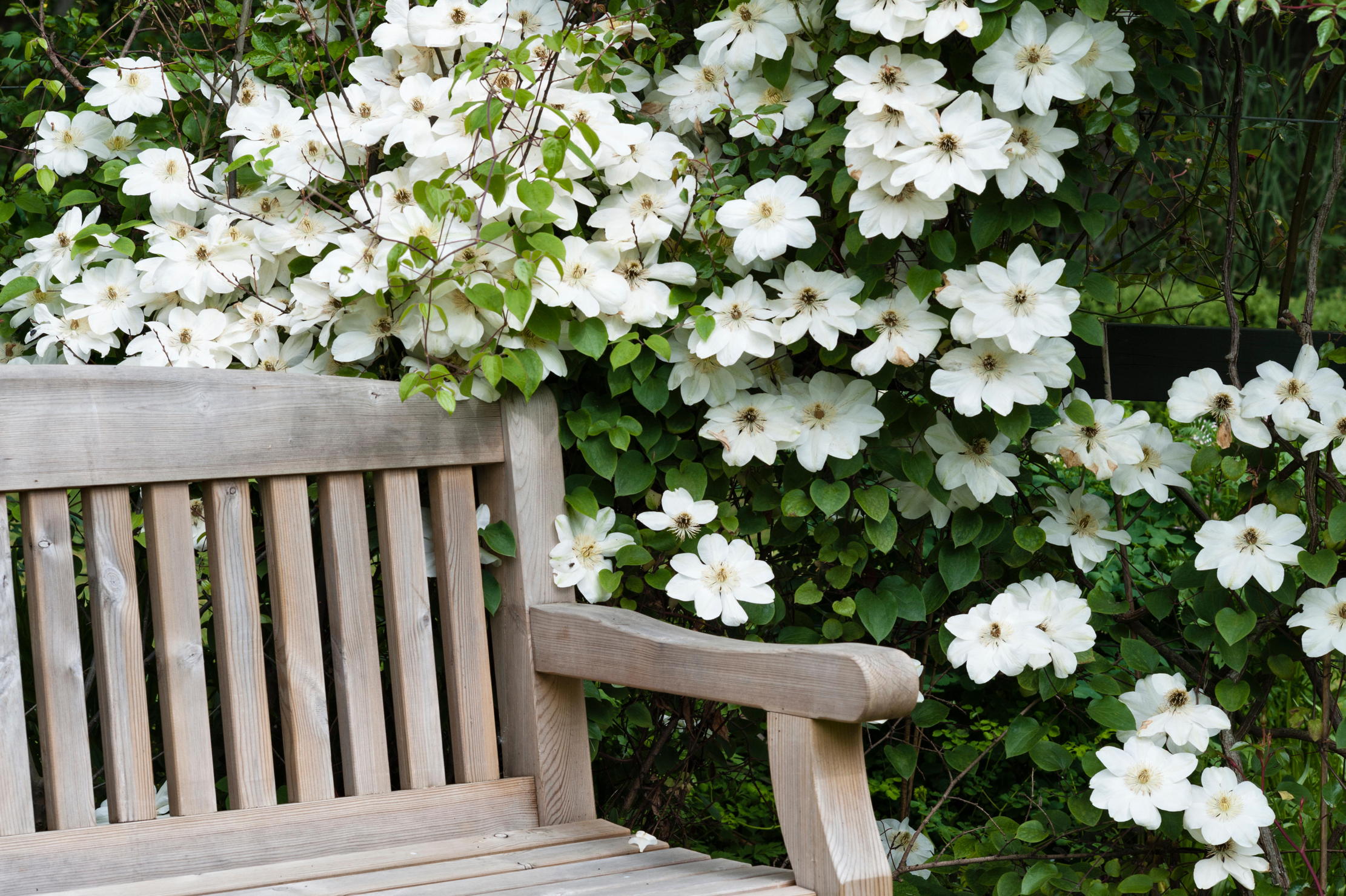 Six of the best Clematis montanas that every garden needs
Six of the best Clematis montanas that every garden needsClematis montana is easy to grow and look after, and is considered by some to be 'the most graceful and floriferous of all'.
-
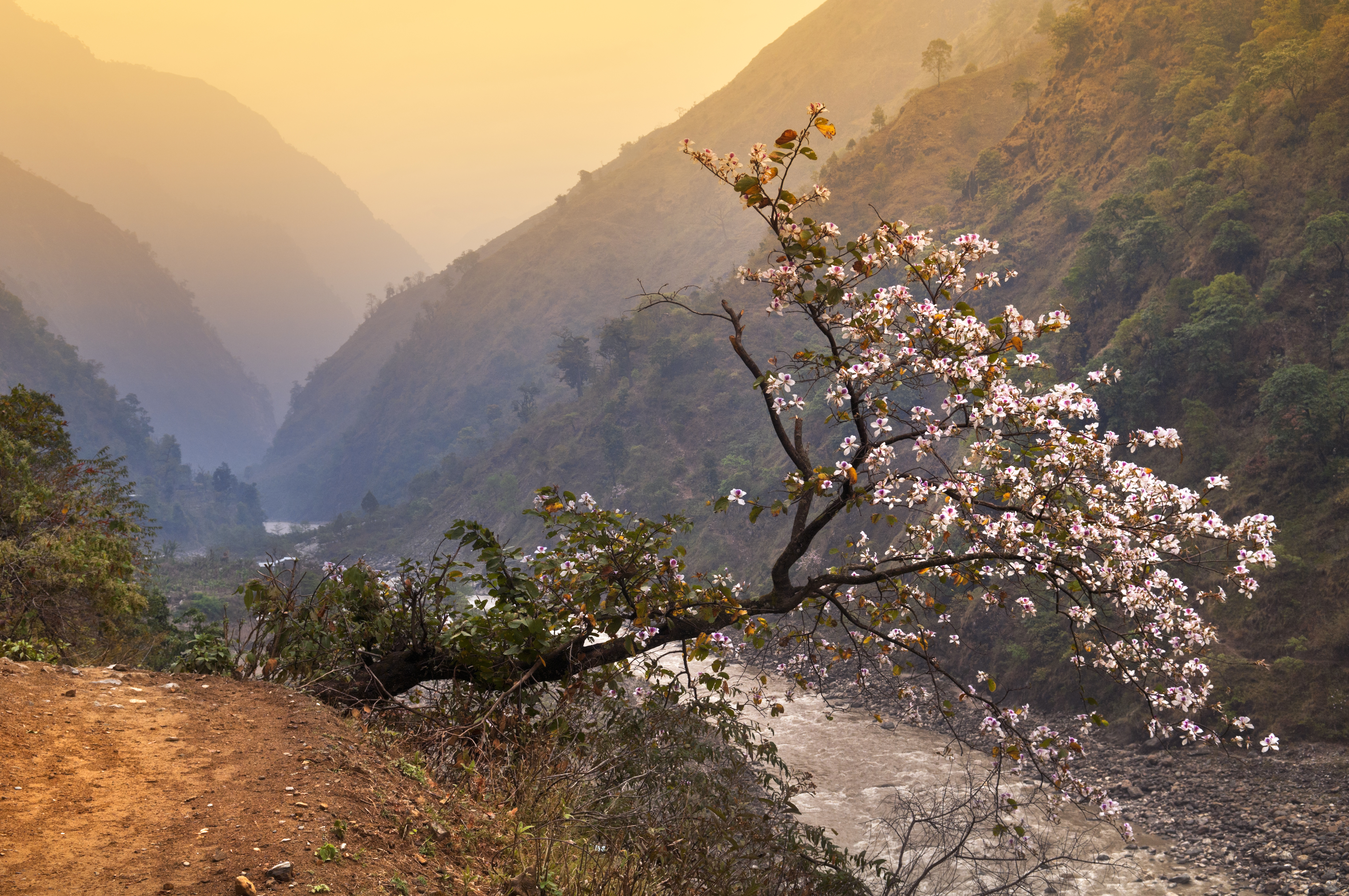 The man who trekked Bhutan, Mongolia, Japan, Tasmania and New Zealand to bring the world's greatest magnolias back to Kent
The man who trekked Bhutan, Mongolia, Japan, Tasmania and New Zealand to bring the world's greatest magnolias back to KentMagnolias don't get any more magnificent than the examples in the garden at White House Farm in Kent, home of Maurice Foster. Many of them were collected as seed in the wild — and they are only one aspect of his enthralling garden.
-
 The 'breathtakingly magnificent' English country gardens laid out on the Amalfi Coast, and the story of how they got there
The 'breathtakingly magnificent' English country gardens laid out on the Amalfi Coast, and the story of how they got thereKirsty Fergusson follows the Grand Tour to Campania in Italy, where the English combined their knowledge and love of plants with the rugged landscape to create gardens of extraordinary beauty.